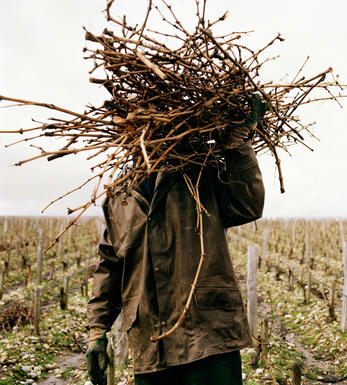
About this WINE

Dme Alice et Olivier De Moor
Alice and Olivier de Moor are qualified oenologists relatively new to the world of wine, having planted their first vines on their 6-hectare estate in 1988.
They prune the vines hard to produce yields some 20% less than the permitted maximum and hand-harvest the entire crop. The wines are fermented in 10 year-old casks, using wild yeast, followed by a further 10 months elevage on the fine lees. They are bottled in the 15th month without cold stabilisation of filtration, but undergo a slight fining.
The Chablis Bel-Air et Clardys is a blend of 2 lieux-dits planted with 12 year-old vines, with 25 centimetres of humus and limestone sub-soil. The Moors' top Chablis cuvée, La Rosette, is from a lieu-dit alongside 1er Les Beauregards, and enjoys classic Kimmeridgean limestone soil and very low yields.

Chardonnay
Chardonnay is often seen as the king of white wine grapes and one of the most widely planted in the world It is suited to a wide variety of soils, though it excels in soils with a high limestone content as found in Champagne, Chablis, and the Côte D`Or.
Burgundy is Chardonnay's spiritual home and the best White Burgundies are dry, rich, honeyed wines with marvellous poise, elegance and balance. They are unquestionably the finest dry white wines in the world. Chardonnay plays a crucial role in the Champagne blend, providing structure and finesse, and is the sole grape in Blanc de Blancs.
It is quantitatively important in California and Australia, is widely planted in Chile and South Africa, and is the second most widely planted grape in New Zealand. In warm climates Chardonnay has a tendency to develop very high sugar levels during the final stages of ripening and this can occur at the expense of acidity. Late picking is a common problem and can result in blowsy and flabby wines that lack structure and definition.
Recently in the New World, we have seen a move towards more elegant, better- balanced and less oak-driven Chardonnays, and this is to be welcomed.



Buying options
Add to wishlist
Description
A Chablis with considerable depth and length of flavour, and admirable texture which coats the mouth before the fine lingering finish. Sealed with a wax capsule.
(Jasper Morris MW, Berrys' Burgundy Director, July 2011)
wine at a glance
Delivery and quality guarantee